The term “cold-blooded” often conjures images of lethargic reptiles seeking warmth on sun-baked rocks. However, these ectothermic animals—whose body temperature depends on their environment—have evolved remarkable adaptations that allow many species to flourish in some of Earth’s most scorching habitats. From desert-dwelling lizards to heat-loving amphibians and tropical insects, the world of cold-blooded creatures that thrive in extreme heat is fascinating and diverse. Their evolutionary adaptations represent nature’s ingenious solutions to survival in seemingly impossible conditions. This article explores fifteen extraordinary ectotherms that not only tolerate but actually require high temperatures to function optimally, revealing the remarkable strategies they employ to make blistering environments their home.
14. The Desert Iguana: Master of Extreme Heat
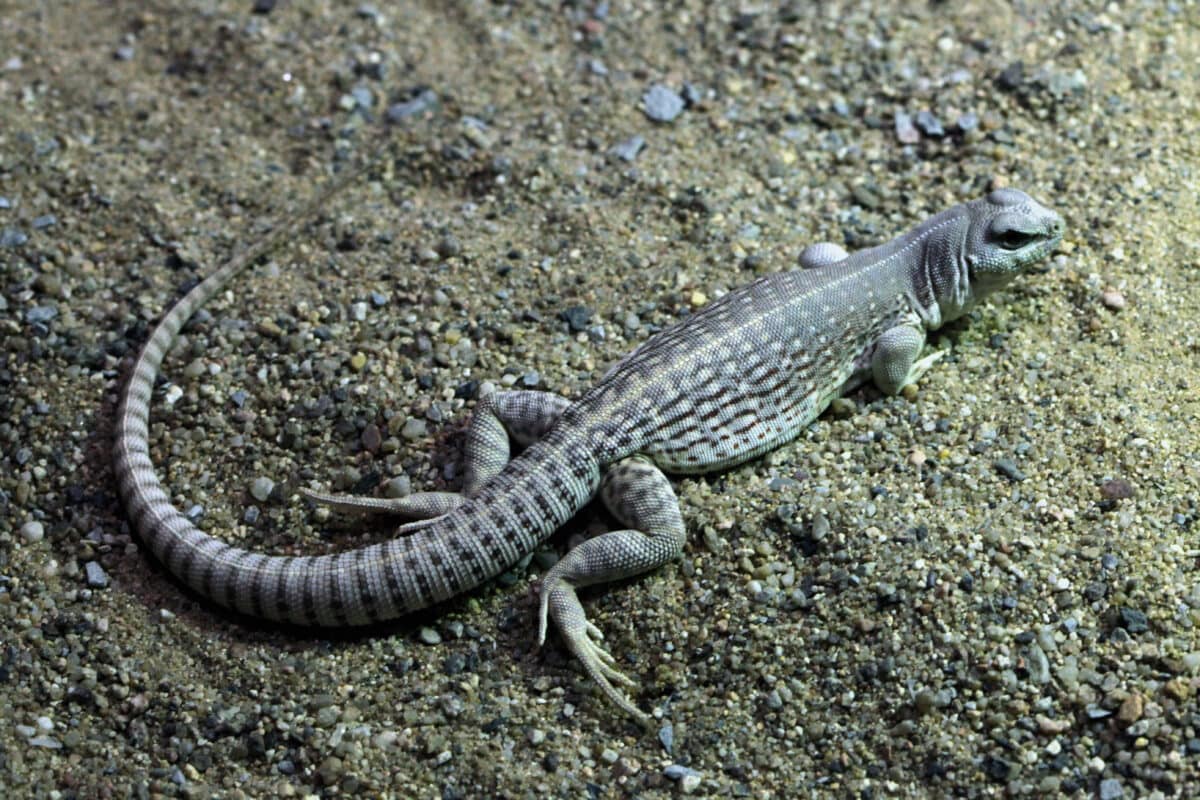
The desert iguana (Dipsosaurus dorsalis) stands out as one of the most heat-tolerant reptiles on the planet. Native to the Mojave and Sonoran deserts of the southwestern United States and northwestern Mexico, these remarkable creatures can remain active at body temperatures of up to 115°F (46°C)—temperatures that would prove fatal to most other vertebrates. Unlike many desert animals that retreat underground during the hottest parts of the day, desert iguanas are often spotted foraging in open terrain during peak afternoon heat. Their light coloration reflects solar radiation, while specialized scales minimize water loss through evaporation. Perhaps most impressive is their ability to adjust their metabolism according to temperature fluctuations, allowing them to function efficiently even when ambient temperatures soar beyond what most organisms can endure.
13. The Adaptable Death Valley Pupfish
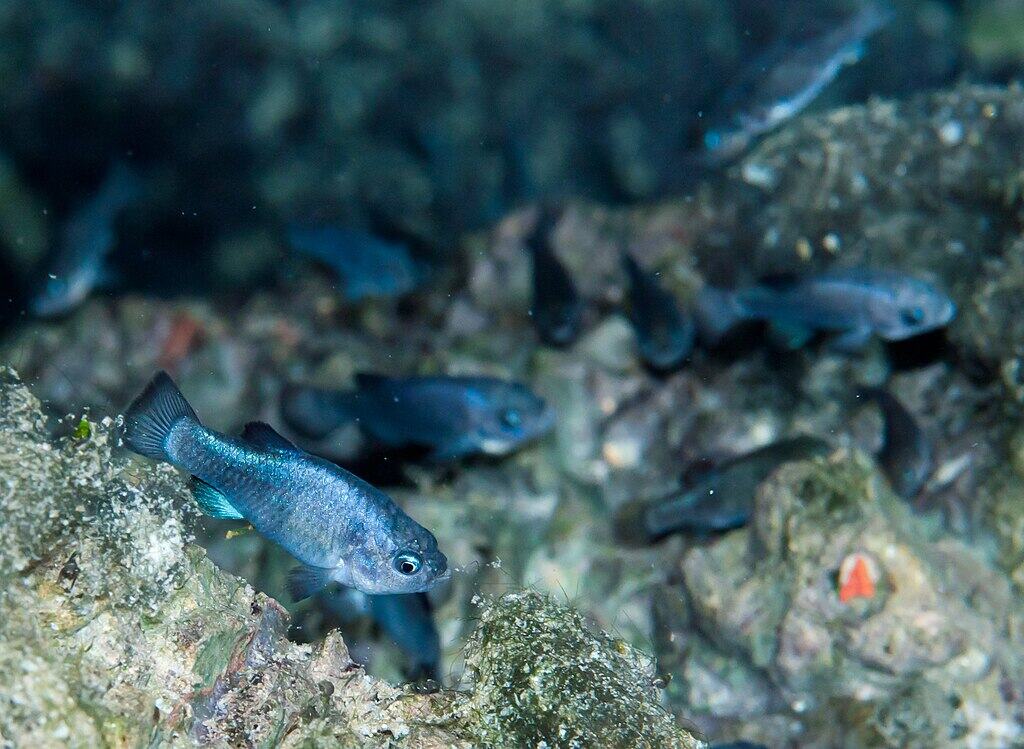
In the harsh waters of Death Valley, California, the Death Valley pupfish (Cyprinodon salinus) demonstrates extraordinary thermal tolerance that defies conventional understanding of fish physiology. These tiny survivors, measuring just 1.5 inches long, inhabit isolated desert springs and streams where water temperatures routinely exceed 100°F (38°C) during summer months—conditions that would quickly prove lethal to most aquatic vertebrates. Even more remarkable is their ability to thrive in waters with extreme salinity levels up to four times that of seawater. Their remarkable adaptations include specialized enzymes that remain functional at high temperatures and efficient osmoregulatory systems that maintain internal balance despite the challenging water chemistry. As endangered species, Death Valley pupfish represent not only evolutionary marvels but also fragile indicators of desert aquatic ecosystem health.
12. Thorny Devils: Desert Survivalists

The thorny devil (Moloch horridus) embodies nature’s ingenuity for desert survival in Australia’s harshest arid regions. Despite their fearsome appearance—covered in conical spines and sporting a false head on their necks to deter predators—it’s their heat management strategies that truly distinguish these lizards. Thorny devils have evolved a remarkable passive water collection system; microscopic channels between their scales function as capillary tubes that draw moisture from any source (including morning dew or damp sand) directly to their mouths. Their distinctive light-to-dark color changes serve as thermoregulation, with paler colors reflecting sunlight during extreme heat. Thorny devils can withstand body temperatures approaching 104°F (40°C) while remaining active. Their specialized diet consists almost exclusively of small black ants—thousands consumed daily—allowing them to obtain both nutrition and moisture from a single abundant food source in environments where both can be scarce.
11. The Saharan Silver Ant: Speed Racer
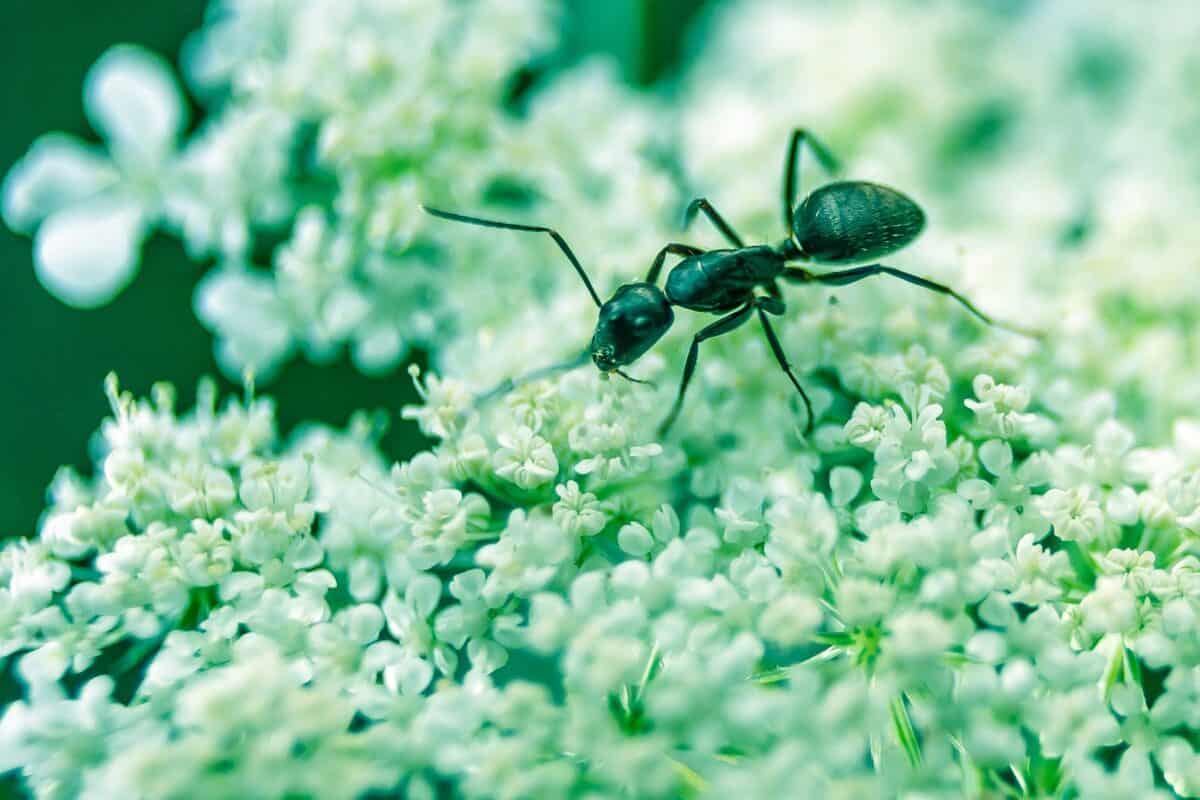
The Saharan silver ant (Cataglyphis bombycina) exemplifies extreme heat adaptation among invertebrates. These remarkable insects venture out onto the scorching desert surface when temperatures reach 116-122°F (47-50°C)—conditions so hostile they’ve killed potential predators, giving the ants a competition-free window for foraging. Their distinctive silvery appearance comes from triangular hairs that reflect solar radiation and dissipate heat, functioning as a biological heat shield. These ants can maintain critical activity at body temperatures up to 128°F (53.6°C), approaching the thermal limits of protein stability. To minimize exposure time, Saharan silver ants have evolved to become the world’s fastest ants, capable of covering up to 108 body lengths per second—equivalent to a human running at 400 mph. Their high-stepping gait minimizes contact with the burning sand, while specialized heat shock proteins protect their cellular machinery from thermal damage during their brief but essential foraging expeditions.
10. The Adaptable Bearded Dragon

Bearded dragons (Pogona vitticeps) have become popular exotic pets partly due to their remarkable heat tolerance that stems from their native Australian desert habitat. These omnivorous reptiles engage in sophisticated thermoregulatory behaviors, including distinctive “beard” displays that involve extending their specialized throat pouch and darkening their coloration to absorb heat more efficiently when needed. Bearded dragons thrive in environments with basking spots reaching 100-110°F (38-43°C), temperatures necessary for their proper digestion and immune function. Their bodies feature remarkable physiological adaptations, including specialized mitochondria that maintain functionality at high temperatures and efficient renal systems that minimize water loss. Perhaps most fascinating is their ability to change color not just for communication but for thermoregulation, with lighter colors reflecting heat during extreme temperatures and darker colors absorbing warmth when needed. This combination of behavioral and physiological adaptations makes bearded dragons extraordinarily resilient in high-temperature environments.
9. The Resilient Desert Tortoise
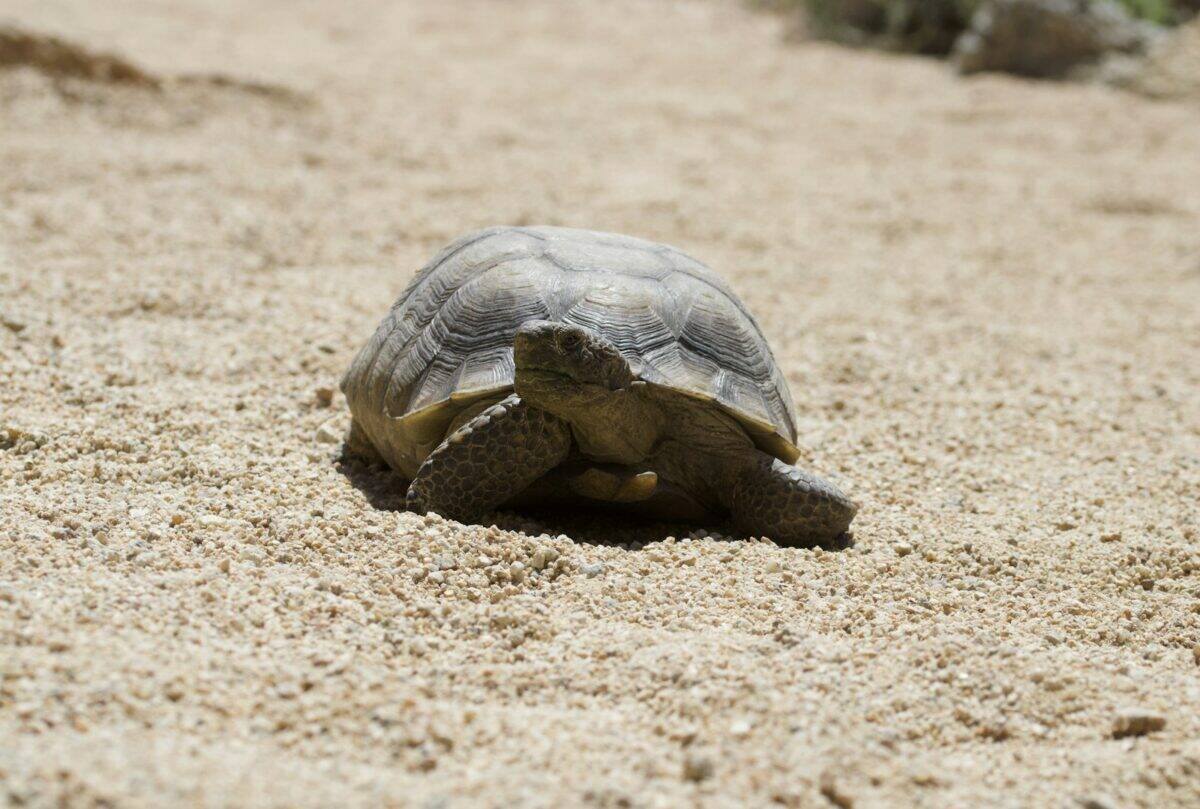
The desert tortoise (Gopherus agassizii) represents one of the most well-adapted reptiles to extreme heat conditions across the Mojave and Sonoran deserts. These long-lived chelonians (potentially reaching 80 years) employ multiple strategies to survive in environments where surface temperatures regularly exceed 140°F (60°C). Their most notable adaptation is behavioral: constructing elaborate burrow systems that can extend 30 feet horizontally and 9 feet deep, creating microhabitats that maintain relatively stable temperatures. Desert tortoises can store extraordinary amounts of water in their bladders—up to 40% of their body weight—serving as a reservoir during drought conditions. Their metabolic rates adjust dramatically with temperature fluctuations, allowing them to enter estivation (summer dormancy) during extreme heat. Their highly domed shells provide increased volume for water storage while creating shade for the tortoise’s body. With specialized cells that maximize water reabsorption from waste before excretion, desert tortoises represent the pinnacle of desert adaptation among reptiles.
8. Scorpions: Ancient Heat Specialists
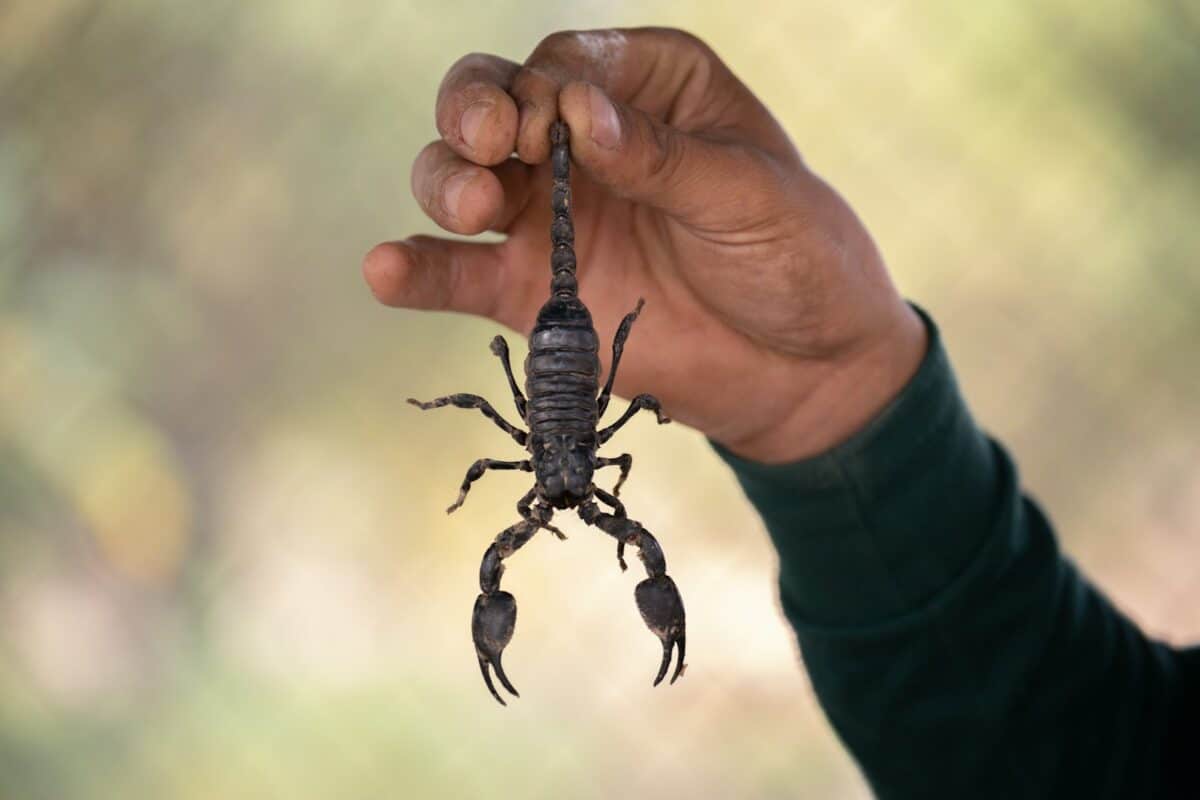
Scorpions, particularly desert species like the Arizona bark scorpion (Centruroides sculpturatus), demonstrate exceptional heat tolerance that has contributed to their evolutionary success for over 430 million years. These arachnids possess a waxy epicuticle layer that prevents water loss—crucial for surviving in arid environments where temperatures regularly exceed 110°F (43°C). Their remarkable metabolism allows them to survive on minimal food intake; some species can subsist on just a few insects per year while maintaining full functionality. Perhaps most impressive is scorpions’ ability to lower their metabolic rate by up to two-thirds during extreme conditions, entering a state of dormancy that conserves energy and water. Many desert scorpions display temporal adaptation, switching to nocturnal activity patterns during hot seasons while remaining concealed in cool microhabitats during daylight hours. Their fluorescence under ultraviolet light, while still scientifically debated, may serve multiple purposes including potential thermoregulation by absorbing and re-emitting certain wavelengths of light, offering potential heat management benefits.
7. The Extraordinary Gila Monster
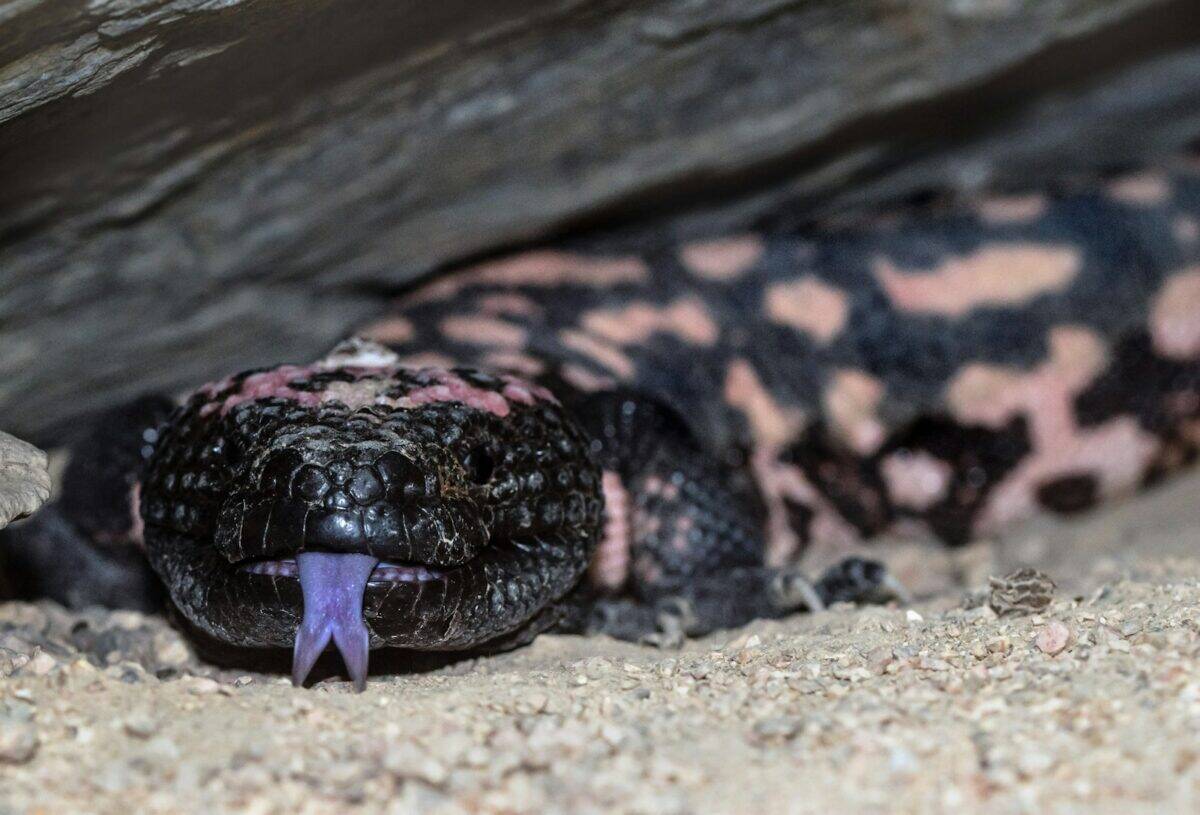
The Gila monster (Heloderma suspectum) stands as one of North America’s most distinctive heat-adapted reptiles and one of only two venomous lizard species worldwide. Native to the southwestern United States and northwestern Mexico, these heavy-bodied lizards have evolved to thrive in desert environments where temperatures regularly exceed 100°F (38°C). Unlike many reptiles that must feed frequently, Gila monsters can survive on just 3-4 large meals annually, storing fat in their tails and utilizing extremely efficient digestive systems that extract maximum nutrition and water from their food. Their distinctive orange-black patterning serves as both warning coloration and effective solar protection. Gila monsters spend up to 95% of their lives underground in self-excavated burrows or abandoned mammal tunnels, emerging primarily during morning or evening hours or after summer monsoon rains. Their specialized scales reduce water loss while their slow metabolism allows extended periods without food or water—adaptations that permit survival in some of North America’s most thermally challenging environments.
6. The Heat-Loving Sidewinder Rattlesnake

The sidewinder rattlesnake (Crotalus cerastes) exhibits extraordinary adaptations to extreme desert heat across the American Southwest and northwestern Mexico. Their most distinctive feature—sidewinding locomotion—evolved specifically for hot, loose sand environments. This unique movement pattern minimizes body contact with scorching surfaces, reducing heat absorption while improving mobility on unstable terrain. Specialized scales featuring microscopic ridges protect against abrasion while minimizing water loss through evaporation. Sidewinders possess highly sensitive infrared heat-detecting organs (pit organs) that allow precise hunting even in total darkness, detecting temperature differences as small as 0.003°C. During extreme heat, sidewinders practice “temperature shuttling,” moving between sun and shade to maintain optimal body temperature while remaining active at temperatures up to 108°F (42°C). Perhaps most remarkably, these snakes can survive losing up to 30% of their body water—a level fatal to most vertebrates—making them among the most drought-resistant reptiles in North America’s desert regions.
5. The Remarkable Frilled Lizard

The frilled lizard (Chlamydosaurus kingii) of northern Australia and southern New Guinea demonstrates impressive heat adaptation strategies in tropical savanna environments where temperatures regularly exceed 100°F (38°C). Their most famous feature—the expandable frill around their neck—serves multiple functions beyond intimidating predators; when extended, the highly vascularized membrane acts as a thermoregulatory surface, allowing rapid heat dissipation when temperatures become excessive. Frilled lizards employ bipedal running, reaching speeds up to 30 mph while minimising body contact with hot ground surfaces. Their specialised scales feature microscopic structures that enhance water retention, while their efficient renal system concentrates waste to minimize water loss. Perhaps most impressive is their behavioural adaptation of “thermal shuttling”—moving precisely between sun and shade throughout the day to maintain optimal body temperature within a narrow range of 89-95°F (32-35°C) despite extreme ambient temperature fluctuations. This combination of anatomical specialisation and sophisticated behaviour allows frilled lizards to thrive in environments that would prove challenging for most vertebrates.
4. The Desert Horned Lizard’s Heat Management
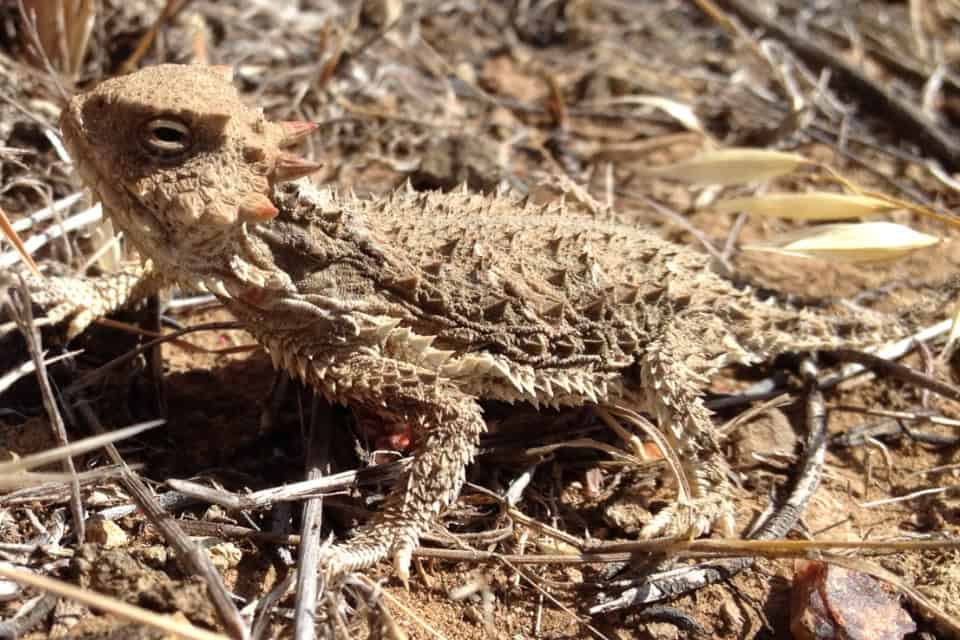
The desert horned lizard (Phrynosoma platyrhinos) demonstrates exceptional heat tolerance across the arid regions of western North America. These distinctive reptiles possess specialized spiny scales that provide both defensive protection and crucial thermoregulatory functions—creating air pockets that insulate against extreme temperatures. Desert horned lizards can maintain activity at body temperatures up to 106°F (41°C), among the highest of any North American reptile. Their flattened body shape serves multiple functions: increasing surface area for heat exchange, improving concealment against predators, and facilitating sand-swimming behavior that allows quick burial for temperature regulation. One of their most remarkable adaptations is their specialized blood capillary system that can redirect blood flow between deeper and more superficial vessels depending on heating or cooling needs. Desert horned lizards also possess a unique dietary adaptation—specializing in harvester ants, which contain high water content relative to other insects, providing crucial hydration in arid environments where standing water is scarce.
3. The Tenacious Sonoran Desert Toad
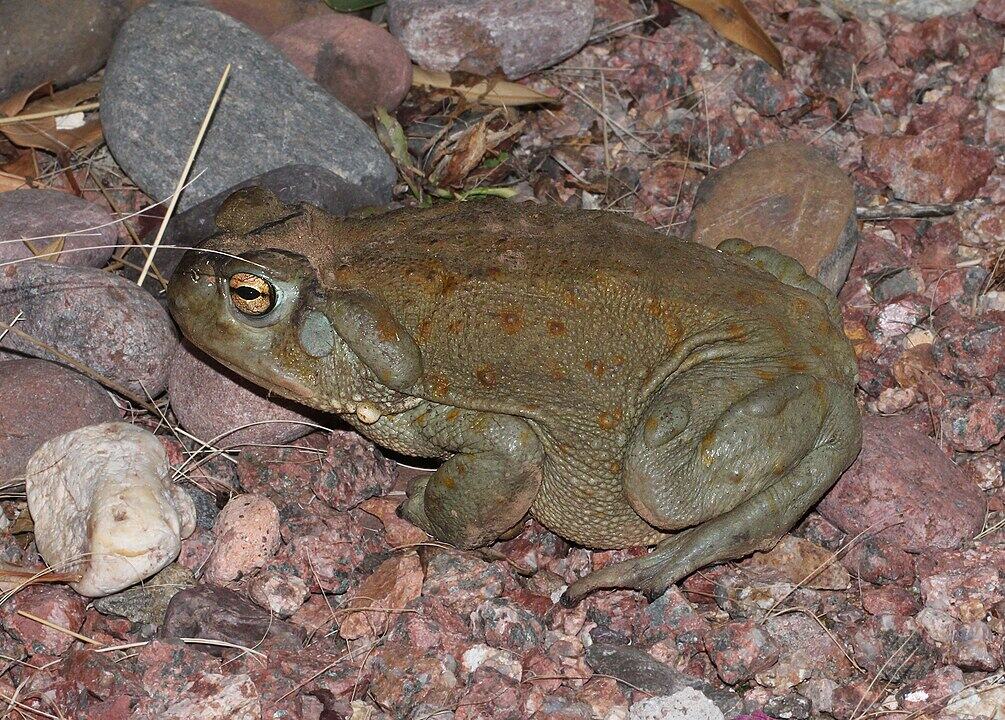
The Sonoran Desert toad (Incilius alvarius), also known as the Colorado River toad, represents one of the most heat-adapted amphibians in North America. Despite their need for moisture, these remarkable toads thrive in the intense heat of the Sonoran Desert across parts of Arizona, New Mexico, and northwestern Mexico. Growing up to 7.5 inches long, they’re among North America’s largest native toads. Their most significant adaptation is behavioral—spending up to 9-10 months annually in underground estivation (summer dormancy), emerging only during brief monsoon seasons when temporary water sources become available for breeding. Their skin secretes potent bufotoxins that deter predators while creating a waxy coating that reduces water loss during hot periods. Sonoran Desert toads can store remarkable amounts of water in specialized bladder structures—up to 30% of their body weight—providing critical reserves during drought conditions. Their accelerated breeding cycle allows development from egg to toadlet in as little as 10 days, an essential adaptation for utilizing ephemeral desert water sources before they evaporate in the intense heat.
2. The Thermally Adapted Chuckwalla

The chuckwalla (Sauromalus ater) exemplifies specialized heat adaptation among large-bodied lizards native to the southwestern United States and northwestern Mexico. These herbivorous reptiles can reach lengths up to 16 inches and demonstrate remarkable thermal tolerance, remaining active at body temperatures between 100-108°F (38-42°C)—conditions that would prove debilitating for most vertebrates. Chuckwallas exhibit a distinctive defensive adaptation directly related to heat management: when threatened, they wedge themselves into rock crevices and inflate their bodies by gulping air, creating an anchor effect that both deters predators and establishes a thermally stable microhabitat. Their dark coloration often appears to contradict desert adaptation principles, but this feature actually allows rapid morning heating that extends their active foraging period. Chuckwallas possess specialized nasal salt glands that excrete excess salt while conserving water—a crucial adaptation for herbivores in desert environments where plant matter contains high mineral content. Their ability to satisfy most water requirements through metabolic water production (derived from food digestion) allows chuckwallas to thrive in regions where standing water is virtually non-existent for months or years.
1. Nile Monitors: Heat-Loving Giants
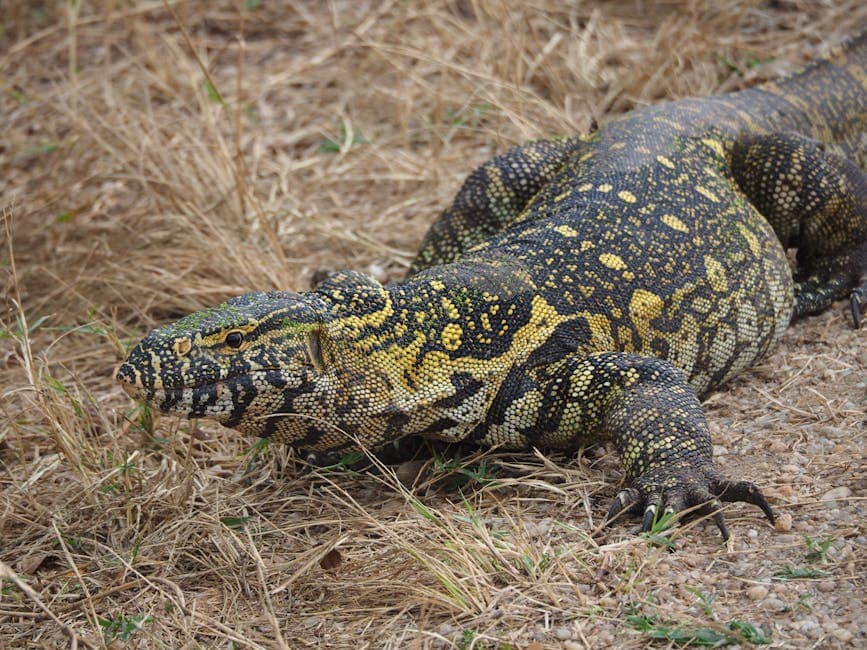
The Nile monitor (Varanus niloticus), Africa’s largest lizard species, demonstrates exceptional heat tolerance across diverse habitats, including some of the continent’s hottest regions. These semi-aquatic reptiles, capable of reaching 7 feet in length, maintain extraordinary activity levels at body temperatures between 95-104°F (35-40°C). Unlike many reptiles that become sluggish at high temperatures, Nile monitors exhibit increased predatory efficiency, cognitive function, and digestive performance as temperatures rise. Their sophisticated thermoregulatory behaviors include strategic basking, shuttling between sun and shade, and utilizing aquatic environments for cooling when necessary. Nile monitors possess specialized cardiac adaptations that maintain efficient circulation despite extreme temperature fluctuations. Their highly efficient lungs extract more oxygen per breath than most reptiles, supporting intense activity even in hot conditions. Perhaps most remarkable is their neurological heat adaptation—Nile monitor brains maintain functionality at temperatures that would cause neural damage in most vertebrates. This combination of physiological and behavioral adaptations has contributed to their success across Africa and, unfortunately, their invasive establishment in Florida’s subtropical environments.
The Incredible Heat Adaptations of Desert Arthropods
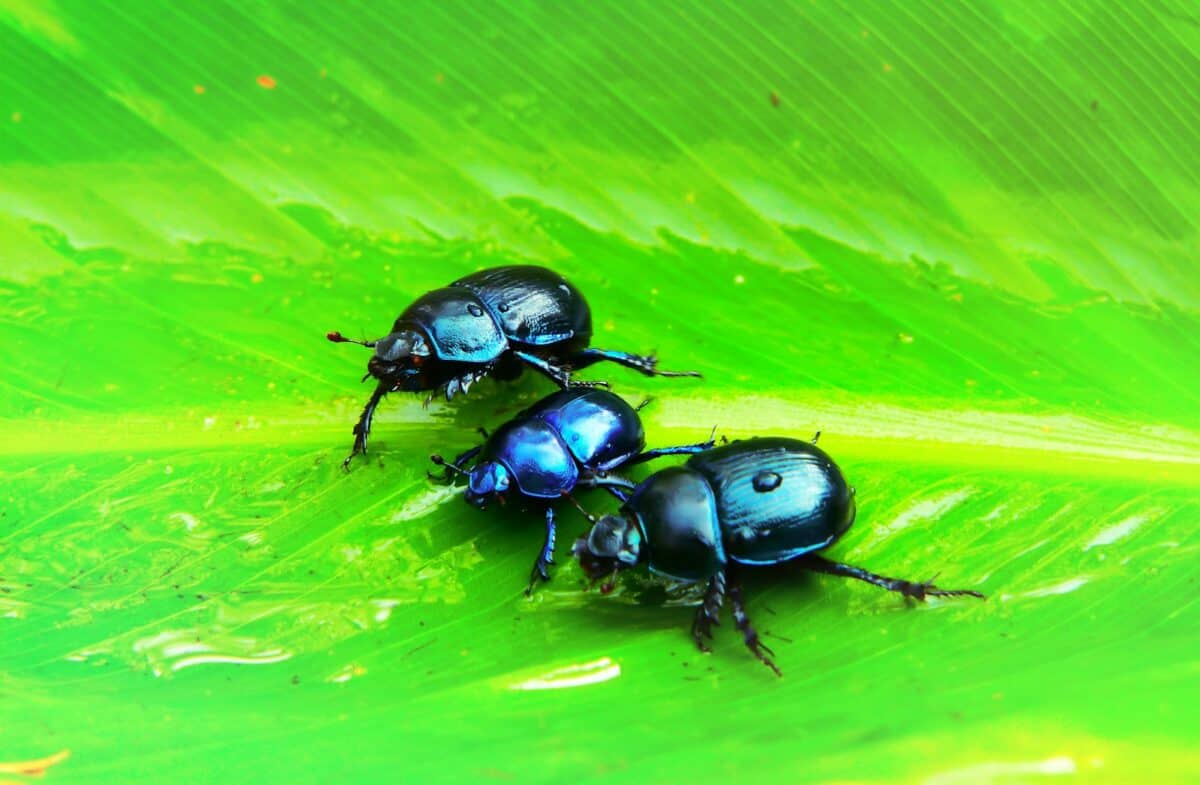
Desert arthropods—including beetles, ants, and spiders—represent some of Earth’s most thermally adapted organisms, employing remarkable strategies to survive in environments where surface temperatures can exceed 160°F (71°C). The Namib Desert beetle (Stenocara gracilipes) has evolved specialized water-harvesting structures on its carapace that condense atmospheric moisture—a passive water collection system now inspiring biomimetic technologies. Many desert arthropods synthesize heat-shock proteins that prevent cellular damage at temperatures that would denature proteins in most organisms. The desert harvester ant (Pogonomyrmex barbatus) constructs elaborate nest systems with precisely engineered chambers that maintain stable internal temperatures despite extreme external fluctuations. Some desert spiders, like certain Sicarius species, can survive at body temperatures exceeding 128°F (53°C)—approaching the absolute thermal limits for animal life. Behavioral adaptations are equally impressive: many desert insects perform “stilting” behavior, elevating their bodies above hot surfaces while others have evolved specialized wax coatings that reflect solar radiation. The cum
- The Fish That Builds Nests - August 23, 2025
- The Insect That Ices Itself - August 23, 2025
- 15 Weirdest Things Fish Can Do - August 23, 2025

